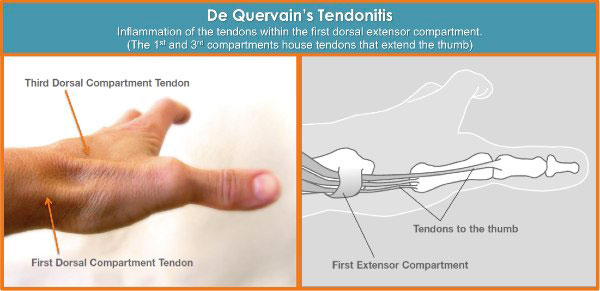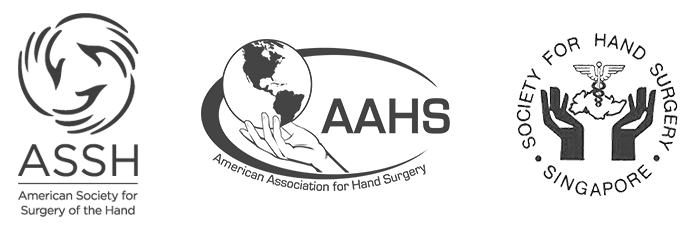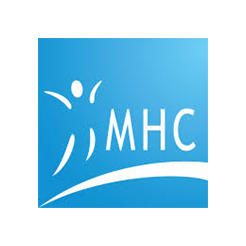WHAT IS DE QUERVAIN'S TENDONITIS?
First dorsal compartment tendonitis, more commonly known as De Quervain's Tendonitis or Tenosynovitis after the Swiss surgeon Fritz de Quervain, is a condition brought on by irritation or inflammation of the wrist tendons at the base of the thumb. The inflammation causes the compartment (a tunnel or a sheath) around the tendon to swell and enlarge, making thumb and wrist movement painful. Making a fist, grasping or holding objects-often infants-are common painful movements with De Quervain's Tendonitis.
Figure 1: De Quervain’s Tendonitis condition is the inflammation of the tendons within the first dorsal extensor compartment (the 1st and 3rd compartments house tendons that extend the thumb)
WHAT CAUSES DE QUERVAIN'S TENDONITIS?
The cause of De Quervain's tendonitis is an irritation of the tendons at the base of the thumb, usually caused by taking up a new, repetitive activity. New mothers are especially prone to this type of tendonitis (also commonly known as mommy’s thumb): caring for an infant often creates awkward hand positioning, and hormonal fluctuations associated with pregnancy and nursing further contribute to its occurrence. A wrist fracture can also predispose a patient to De Quervain's tendonitis, because of increased stresses across the tendons.
SIGNS AND SYMPTOMS OF DE QUERVAIN'S TENDONITIS
Pain over the thumb-side of the wrist is the main symptom. The pain may appear either gradually or suddenly, and pain is located at the first dorsal extensor compartment at the wrist. Pain may radiate down the thumb or up the forearm. Hand and thumb motion increases pain, especially with forceful grasping or twisting. Swelling over the base of the thumb may include a fluid-filled cyst in this region. There may be an occasional “catching” or “snapping” when moving the thumb. Because of the pain and swelling, motion such as pinching may be difficult. Irritation of the nerve lying on top of the tendon sheath may cause numbness on the back of the thumb and index finger.
DIAGNOSIS OF DE QUERVAIN'S TENDONITIS
Tenderness directly over the tendons on the thumb-side of the wrist is the most common finding. A test is generally performed in which the patient makes a fist with the fingers clasped over the thumb. The wrist is then bent in the direction of the little finger. This manoeuvre can be quite painful for the person with De Quervain's tendonitis.
Figure 2: De Quervain’s Tendonitis: Finkelstein’s Test: This manoeuvre is helpful in diagnosing De Quervain’s Tendonitis. On the left, the first dorsal compartment is relaxed, and on the right, the compartment is stretched when the fist is bent towards the little finger.
TREATMENT OF DE QUERVAIN'S TENDONITIS
The goal is to relieve the pain caused by the irritation and swelling.
In mild cases, avoidance of aggravating activities may allow the symptoms to go away on their own. Short Courses of Oral anti-inflammatory medication may also be helpful. A splint, which rests and immobilises the thumb as well as the wrist, may also be recommended if necessary.
A cortisone-type of steroid may be injected into the tendon compartment as another treatment option. Each of these non-operative treatments help reduce the swelling, which typically relieves pain over time.
When symptoms are severe or do not improve, surgery may be recommended. The surgery opens the compartment to make more room for the inflamed tendons, which breaks the vicious cycle where the tight space causes more inflammation.
Through a small incision, and protecting nerve branches just under the skin, dividing its roof widens the tendon tunnel. The tunnel roof forms again as the split heals, but it is wider and the tendons have sufficient room to move without pain.
This procedure is performed under local anaesthesia and usually takes less than 20 minutes. This is done as same day surgery with a small soft dressing applied to the hand.
Pain relief is usually rapid. Normal use of the hand can usually be resumed once comfort and strength have returned. Dr. Lee will advise the best treatment for your situation.

















